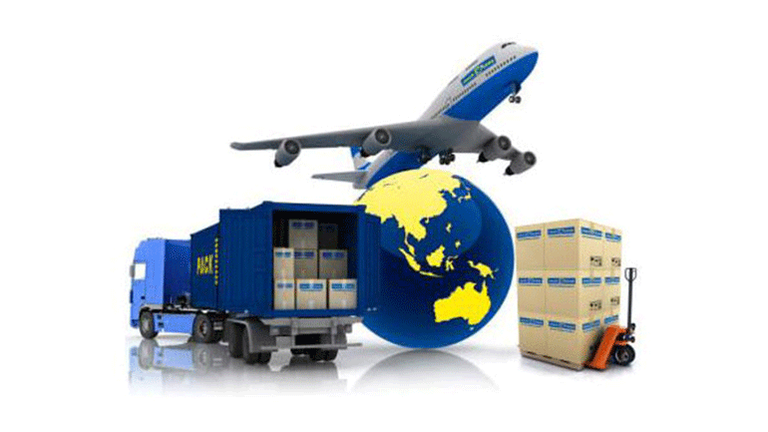Ecommerce
With technology evolving faster than ever in modern times, e-commerce is no different, changing invasively, striving to provide lightning-fast delivery and providing enhanced services to its clients. E-commerce has seen a growth trajectory of 13-17% during the pandemic and is sure to stay with continuing shopping trends.

While Tech forms the platform for E-commerce, the foundation is largely based on efficient logistics. E-commerce companies are integrating effective strategies into their supply chains that can help them make promises that improve sales, and create customer excitement. It helps in mitigating shipping delays and inefficiencies in order to provide better service, increased margins and customer satisfaction.
Technological advancements are required from order fulfilment to demand . The call of the hour is to have decentralised distribution and fulfilment centres, to meet growing order volumes, customer expectations and complexities in deliveries.
Here are few supply chain strategies for ecommerce companies:
Implement information systems: By introducing warehouse management systems (WMS) companies can manage most of the activities that take place in a fulfilment warehouse. Products that traditionally sell out more rapidly can be stored in easily accessible warehouse locations, and employees can adapt to unexpected demand for certain models.
Decide on the right third-party logistics and internal fulfilment: An easy way to cost reduction is outsourcing fulfilment cost to third-party logistics (3PL) provider. This eliminates huge infrastructure costs, workload and manpower management, and ongoing maintenance costs among others. Third-party providers will procure warehouse space, restock shipping supplies such as labels, cartons, and pallets, and handle overhead costs.
Warehouse strategy: Warehouse costs are about 15-20% per order and extensive study should be conducted to increase efficiency. Certain orders need specialized storage, like cold storage or climate control, approaching logistics from a warehouse strategy could provide better efficiency. Warehousing costs can be reduced by renting out local spaces.
Voice-enabling Systems: This system uses voice direction for scans and key entry, which reduces the time employees spend reading devices, manipulating barcodes, and re-keying in data. Although this strategy incurs up-front costs, but voice-enabling can save 1 to 3 seconds per pick.
Effective Training Programmes: It is not always possible for companies to invest in warehouse management systems. In such cases, companies can still reap benefits by effective manual labour training programmes, to help employees work safely and rapidly, by introducing simple technology that can make it easier to pick and pack. These small upgrades can lower costs per line, unit, and order.
Using barcode and RFID: Companies can easily track goods in transit and collect data using barcode and RFID systems. Also, the pick and pack, return cycle, tagging and other processes can be handled more efficiently.
Optimal use of warehouses: By using the existing warehouse facility to its full capacity, companies can increase worker productivity, and reduce inventory errors. Ways of doing so are utilizing every square inch of the capacity available, forming separate sections for goods coming in and going out, forming cross-sections, shortening aisle width, and stacking up vertically. This also reduces the pickup and processing time.
Reduce delivery times: By shifting operations to decentralized locations, the companies can reduce delay caused due to geographic location. This helps shipping faster and closer to target market.
Efficient supply chain vendors: Collaborate with vendors that have high standards of customer service, timely delivery, packaging and communication systems. This will ensure the timely delivery and increase customer satisfaction.
Quick transportation system: Inventory needs to move fast to give a good turnout. Having transportation management system can tackle all the known complexities of routing deliveries. This type of software can figure out the best route and ensure that all stops are accounted for. This technology is also known for cutting costs.
